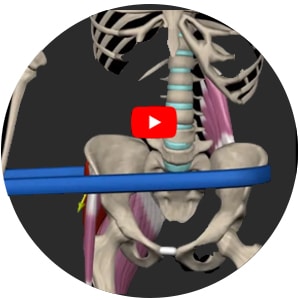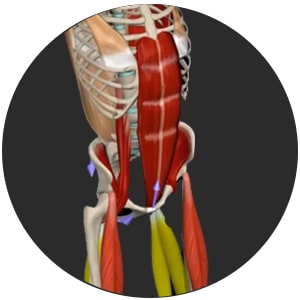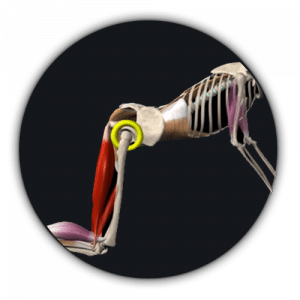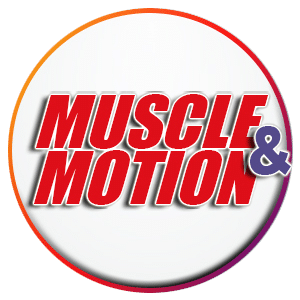The One Muscle-up Mistake You Should Avoid
And the steps you need to take to get your Muscle-up into shape
The Muscle-Up is a popular exercise.
It’s challenging, and it requires strength, explosive power, coordination, and skill.
Many trainees try to perform it when they lack one of these components, which makes them compensate with a wrong and risky movement. Repeating the wrong movement can cause injury or worsen existing shoulder injuries.
This post will go through the Muscle Up do’s and don’ts: The right way to perform this exercise, possible progressions, and like we’ve promised – the popular mistake it’s important to avoid.
First things first – what’s the right way to Muscle up?
Start with a straight arm swing. Push your arms down as much as you can to go up, and at the highest point, bend your elbows and bring yourself over the bar, under your ribs. Then, straighten your elbows and lean slightly forward to stabilize.
So what is this mistake you’ve been talking about?
The way that is illustrated in the following gif is one of the NOT recommended ways.
We see many trainees whose lack of strength and or skill makes them commit the mistake you see here.
This extreme movement of the shoulder and the sudden high load on one arm is an open invitation to injuries.
Even if your shoulder ligaments can stand the load, many times, the injury actually occurs in the smaller joints close to the shoulder.
Start with Progressions
Before you perform the full exercise, you have to gradually strengthen your muscles and break down the movement by working on progressions.
But first, in order to know which muscles you need to strengthen, you should know which are the active muscles you should target.
The active muscles are:
In the first part: The Latissimus Dorsi extends the shoulder with the Teres Major, Posterior Deltoid, and long head of triceps brachii assistance. The Psoas Major and Iliacus Flex the hip.
In the second part: The dominant muscles depend on the grip.
With the wide grip, the target muscle is the Pectoralis Major with the assistance of the Triceps Bracii and Anterior Deltoid.
With the narrow grip, the target muscle is The Triceps Brachii and Anterior Deltoid, with the assistance of the pectoralis Major.
The core muscles help stabilize the spine, and the Trapezius stabilizes the scapula.
Let’s go through the progressions:
1. Swing: Hang on the bar and start creating momentum by swinging back and forth while keeping your arms straight. The pelvis leads the movement, and the shoulders flex actively.
2. Kipping+Kipping Pull up: Start going higher with the swing and bend your elbows at the end of the movement into a Pull-up.
3. The Dive: Start swinging and pull yourself up, then, at the end of the movement, bring your ribs over the bar and lean forward.
4. Jumping Muscle up: Perform a Muscle-up by jumping from an elevated surface, so you perform the full movement in a smaller range and with the help of a jump. This progression can be combined with the previous progression, “the Dive”, into one exercise.
5. Assisted Muscle up: Tie a band to the bar and stand on the bottom of the band with your feet while holding the bar. Then, perform the full exercise with the band taking some of your weight.
6. Go for the full thing!
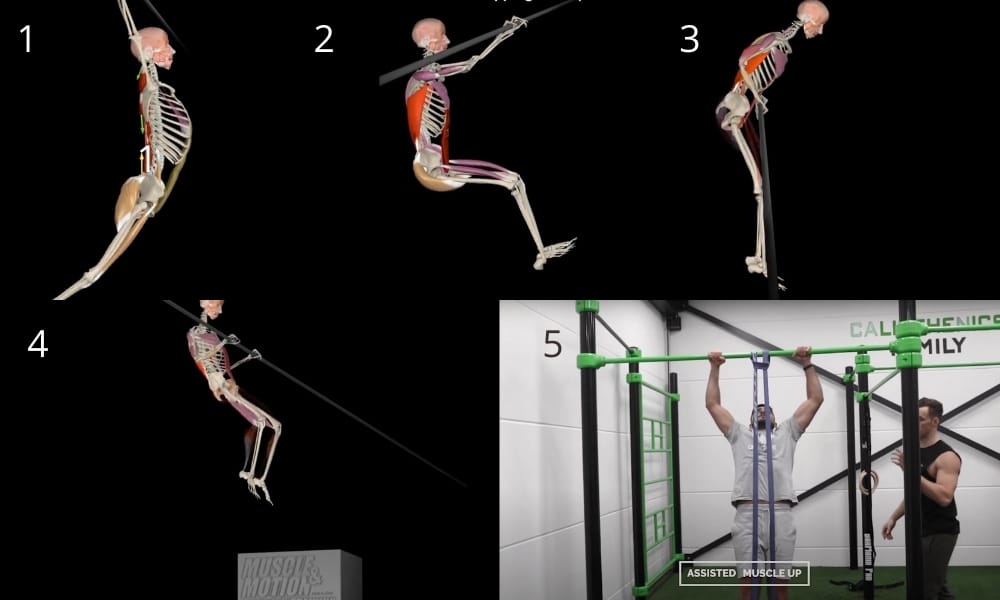
Doing a proper Muscle up is challenging, but it’s possible.
With the right progression, a correct technique, and the right mindset – you too can get it and teach others the process.
Learning and understanding anatomy and the right technique of each exercise you train or coach will quickly lead to better results, less burnout and injuries, and gain trust in yourself and within your trainees.
Target Muscles
➔ Latissimus Dorsi
➔ Triceps Brachii
➔ Pectoralis Major
Synergists
➔ Posterior Deltoid
➔ Teres Major
➔ Iliacus
➔ Psoas major
➔ Rhomboids
Stabilizers
➔ Abdominal muscles
➔ Trapezius
For more videos, Log into the Strength Training app. Watch more than 1000+ exercises with full anatomical analysis for each, FREE access to a variety of exercises!
GETTING RESULTS OR GETTING IN WRONG? YOU DECIDE.


